Glossary of banking

From allowable expenses to Value Added Tax, we've rounded up some common financial terms to make it easier to understand your business.
A-D
Allowable expenses
Allowable expenses are essential business costs that reduce your taxable profit. This means you will not have to pay tax on these items.
Read moreWe break down what allowable expenses are in our blog.
Business loss
A business loss happens when expenses are greater than your business' income.
Corporation tax
If your business is a limited company, you will need to pay Corporation Tax on the profits up to 25%.
Read moreThere are different rates depending on how much profit you earn:
If your profits are under £50k you’ll pay a 19% tax rate.
If your profits are over £250,000 you'll pay the main tax rate of 25%.
If they are between £50,000 and £250,000, you may be entitled to 'Marginal Relief'.
You can find out more about Corporation Tax rates in our blog.
E-H
Employee National Insurance
Employee pay after tax
Employer National Insurance (NI)
Employers have to pay the deducted income tax and National Insurance (NI) from employees to HMRC.
Read moreThe NI employers pay is twofold – the first is the contributions taken from the employees, the second is a NI fee the employer themselves pays.
Find out more about when you should pay National Insurance in our blog or head to HMRC's website for a table on the different tax bands for employees.
I-L
Income Tax
Limited company
A limited company, according to the gov.uk website, is a company that is legally separate from the people who run it. It has separate finances from your personal ones.
Read moreM-Q
National Insurance
National Insurance payments are used to pay for benefits and your State Pension.
Read moreThere are four different ‘classes’ of National Insurance. Self-employed people pay Class 2 rates, as well as Class 4 if their profits are over a certain amount.
You can find out more about how National Insurance applies to you here.
New tax year
The new tax year is when new tax rates and allowances go into effect. In the UK, the tax year starts April 6 of each calendar year and ends April 5 of the following year. The current tax year runs from 6 April 2023 to 5 April 2024.
Read moreOperating loss
Operating loss happens when operating expenses are greater than your company's income.
P45
A P45 form is a statement that shows how much tax you've paid on income so far in the tax year. It is given to you when you no longer receive an income from that company.
Read moreP60
A P60 form is a statement showing how much you've earned and the amount of tax you've paid in the last tax year.
Read moreYou'll get a separate P60 for each of your jobs every tax year. You can also get a P60 tax refund if you've paid too much Income Tax.
According to gov.uk, you'll need a P60 to prove how much tax you've paid on your salary. This is so you can:
claim back overpaid tax
apply for tax credits
use it as proof of your income if you apply for a loan or a mortgage
Paid in arrears
When a payment is made after a transaction has completed, it’s said to be paid in arrears. Often this is intentional due to the terms of a contract, and sometimes it’s unintentional when a customer makes a late payment.
Pay As You Earn (PAYE)
Payee
A payee is anyone who receives funds from a payer. The payment can be a bank transfer, cheque, cash, etc. The payee could be an individual, business, or trust.
Per capita
In economics, business, or statistics, per capita is used to report average figures per person. For example if 1,000 apples are owned by 10 people, there are 100 apples per capita.
Per diem
Personal Allowance
The standard personal allowance that you won't pay tax on is £12,570. This may be different if you claim Marriage Allowance or Blind Person’s Allowance. It will be smaller if your income is over £100,000.
Read moreGov.uk outlines the income tax rates and bands, which are:
Personal allowance – up to £12,570 at 0% tax rate
Basic rate – £12,571 to £50,270 at 20% tax rate
Higher rate – £50,271 to £125,140 at 40% tax rate
Additional rate – over £125,140 at 45% tax rate
Find out more information on our blog here.
Postal order
Postal orders work the same way as a cheque, but you don't need a bank account to send them. They are slips that transfer money without any specific financial information.
Read morePrivate sector
The private sector is a part of the economy that is not run by the government. Instead, it's run by companies and individuals.
Pro forma invoice
A provisional bill sent to your customer before delivery of goods or services. It includes the date of issue, a description and the value of the sale, as well as taxes or fees. Pro forma invoices avoid your customer having unanticipated charges.
Pro rata
Pro rata refers to the need to make an allowance in proportion to the whole. For example, if you're paid a pro rata wage, it’s calculated using what you’d earn working full time. Part time wages, paid pro rata, are proportional to full time wages.
Profit
Profit is the money left after paying for business expenses. Gross profit shows what’s left after paying for the goods sold. Operating shows what's left after also paying operating costs. Net shows what you made after deducting costs and tax.
Public limited company
A public limited company is a company structure for businesses in the UK. The business exists as a separate entity to the owners, offering protection from liabilities and debt, unlike the other structures such as sole trader and partnerships.
Quote
A quote is a document from a business to a customer stating the price of a sale before the customer has committed to the purchase. It lets a customer know how much the products or services will cost them to help them to decide if they will continue.
U-Z
VAT on purchases
VAT on purchases is the total amount of VAT included on your purchases.
VAT on sales
VAT on sales is the total amount of VAT your customers have paid on sales.
VAT period
There are 12 months in a VAT accounting period. Most businesses send a VAT return every three months. Even if you have no VAT to pay or reclaim you must submit a VAT return for every accounting period.
Read moreRead our VAT guide to find out more.
VAT rates
There are three different rates of VAT – 20%, 5% and 0%.
Read more20% – The standard rate of VAT covers most things unless they are declared otherwise.
5% – Items on a reduced rate generally have a VAT of just 5%. Items in this category are things like gas and electricity in the home, children’s car seats and mobility aids for the elderly.
0% – Zero-rate goods can still be VAT-taxable, meaning you must declare them on your VAT return but the consumer is not charged any of the tax (0%). Goods and services with a zero rate are things such as books and newspapers, children’s clothes and motorcycle helmets.
VAT threshold
Value Added Tax (VAT)
VAT (Value Added Tax) is a tax added to most products and services sold by VAT-registered businesses.
Read moreIt’s imposed at all stages of the supply chain with the cost ultimately being borne by the end consumer. All VAT-registered businesses have to charge VAT on the taxable goods and services that they sell. That VAT must then be paid to HMRC at regular intervals, usually each quarter.
Wire transfer
A wire transfer, also known as a bank transfer, or credit transfer, is a way of sending electronic funds from one person or entity to another without using physical cash.
Year-to-date (YTD)
Year-to-date covers the time from January 1 to the current date.

